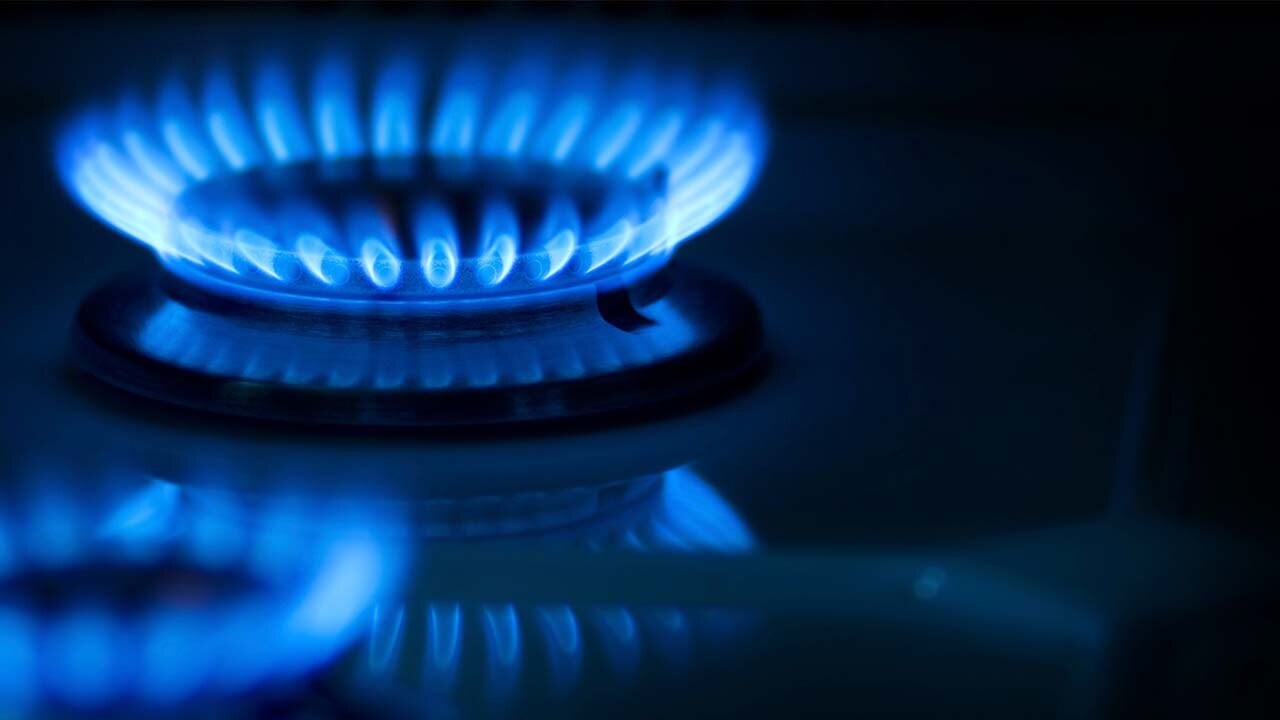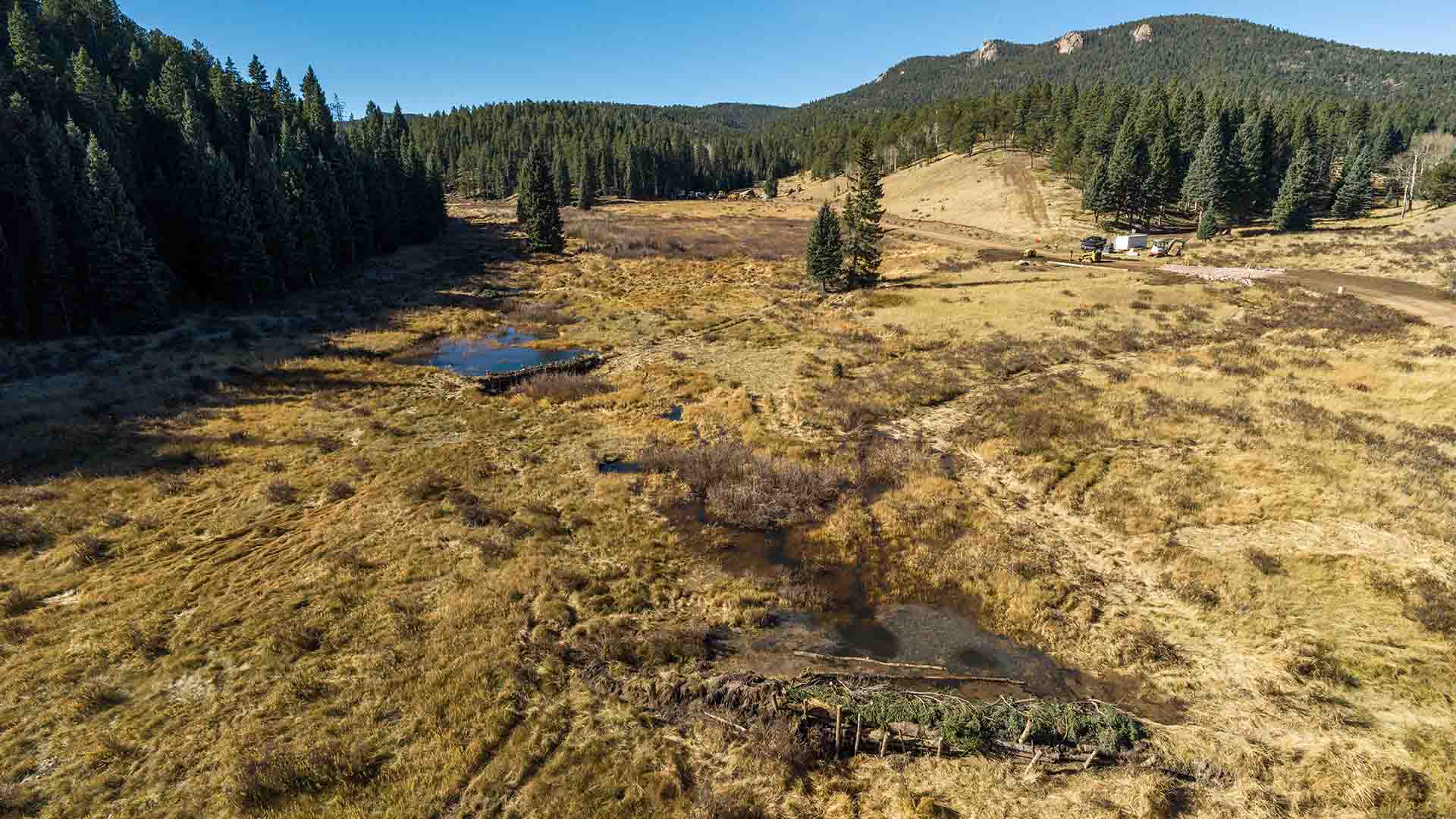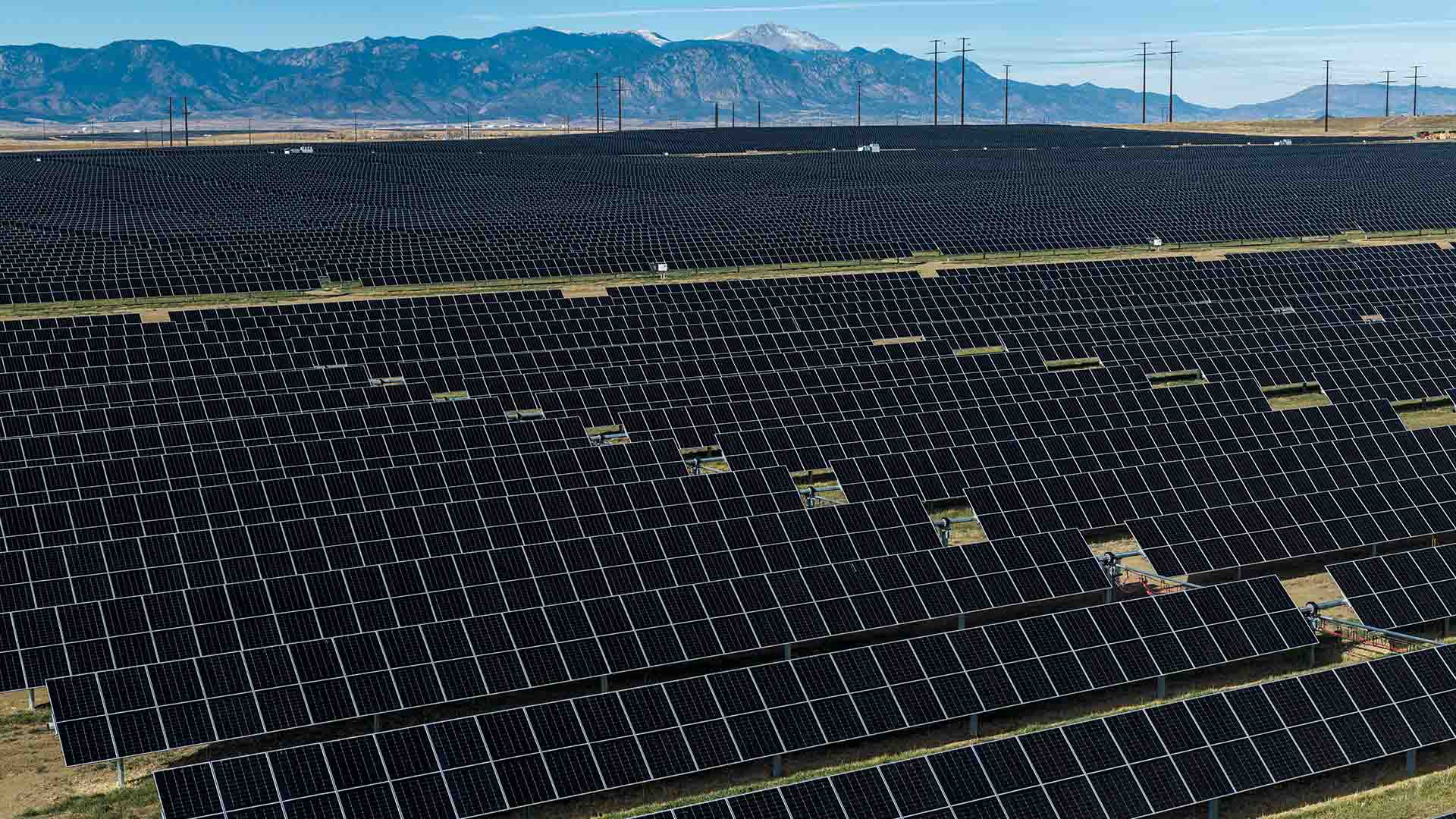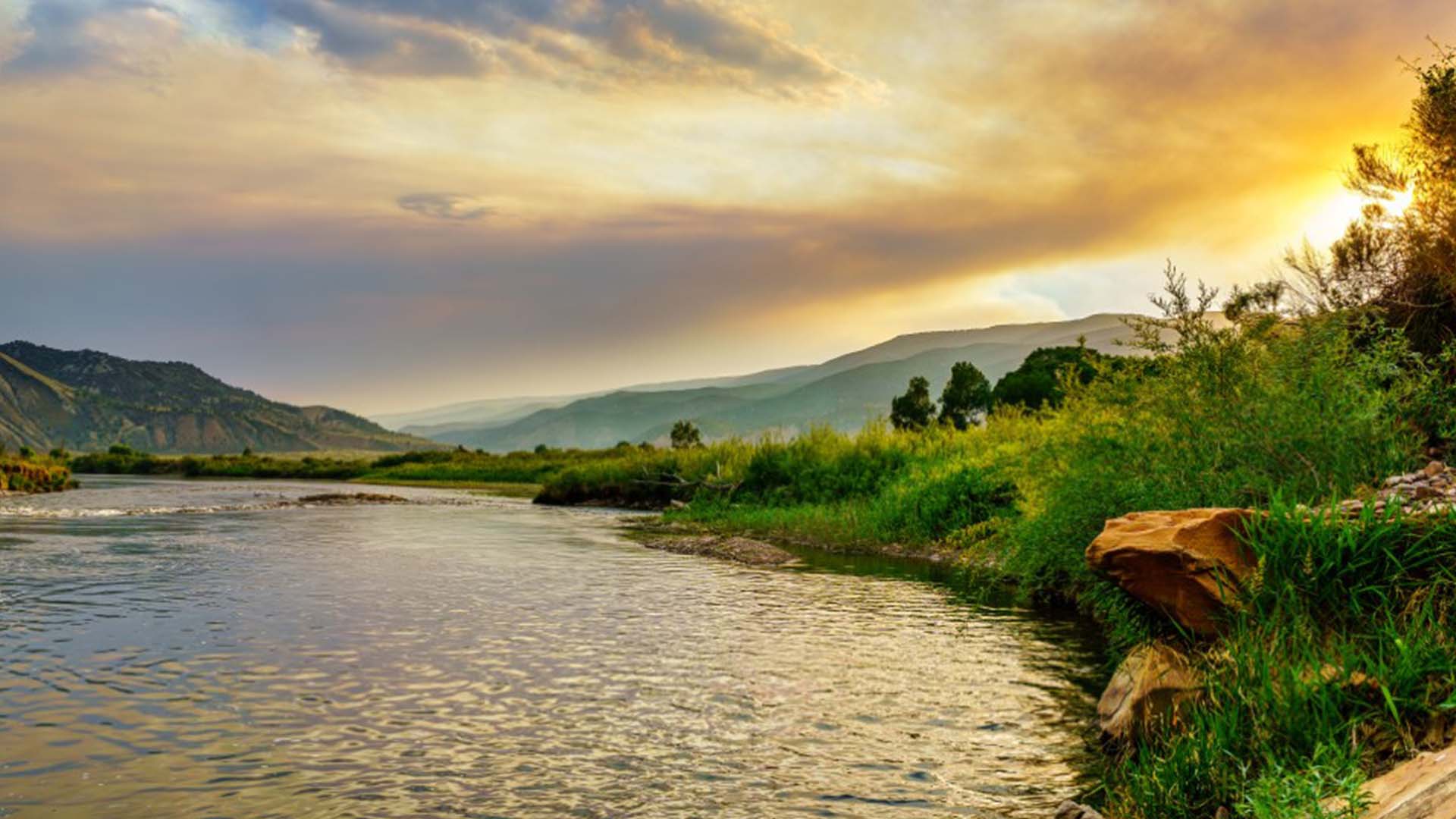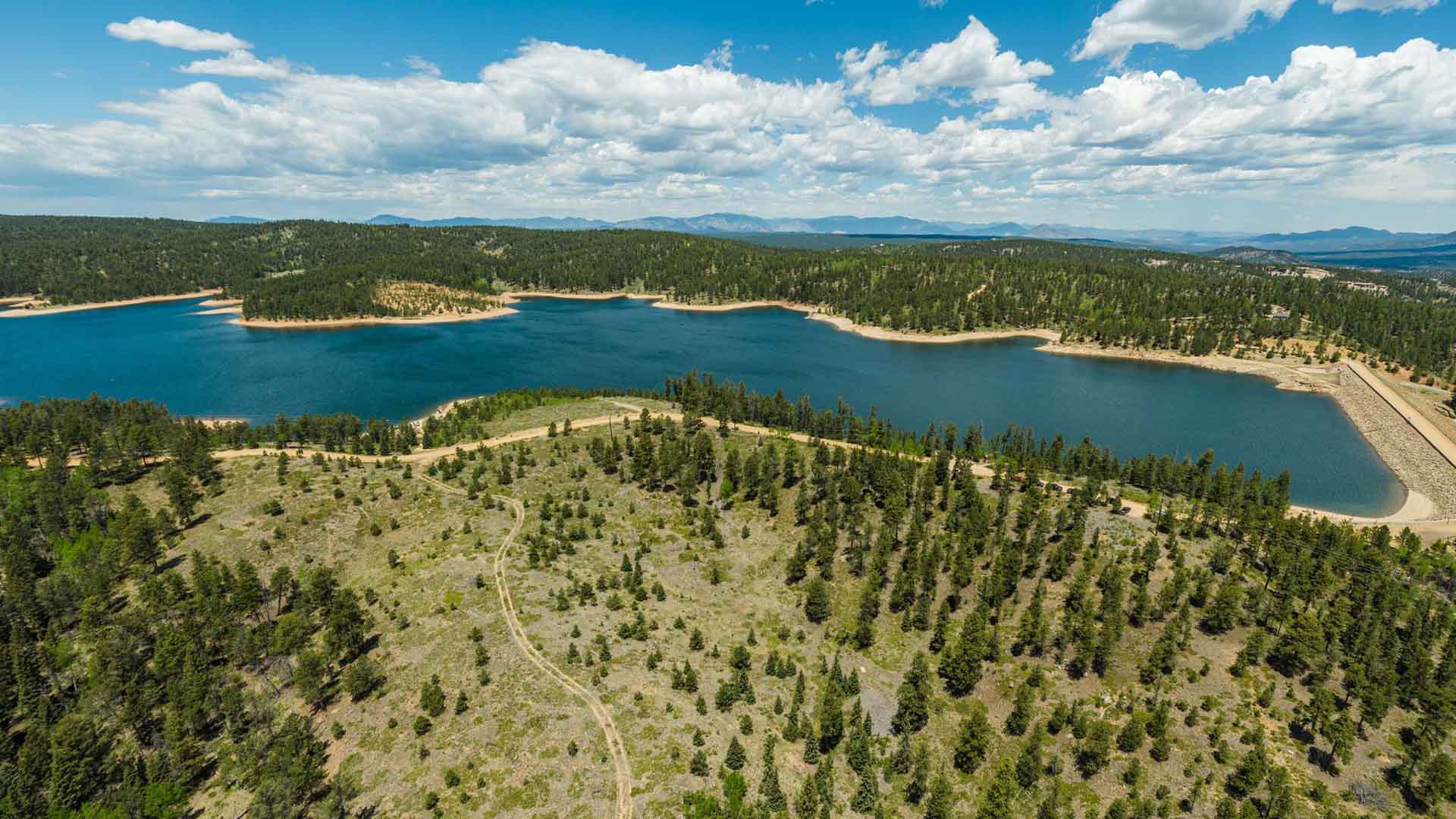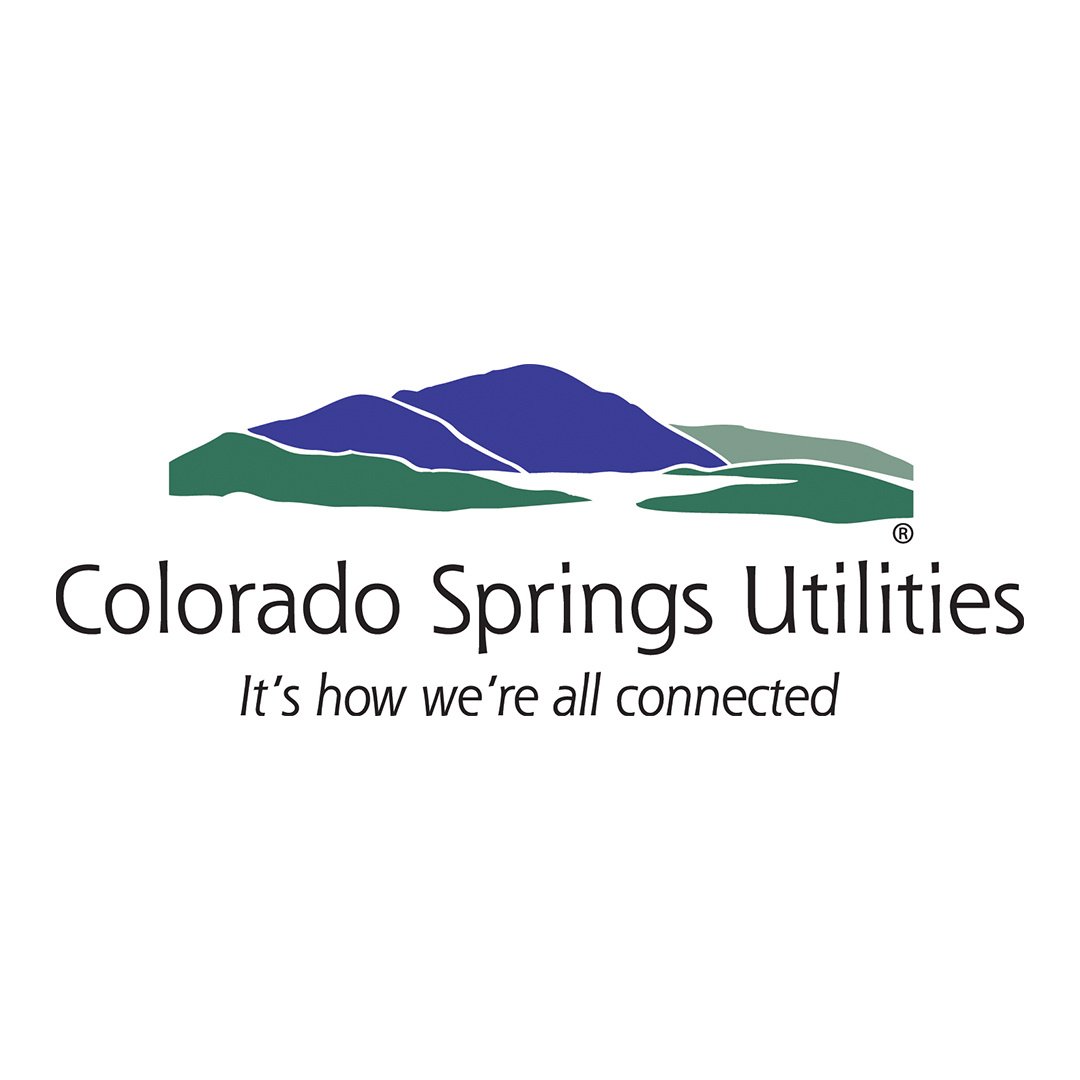
Katie G.
Water Conveyance Engineer
Duration: 1 minute
Published on April 27, 2023
This winter brought lots of good snow to Colorado. Snowpack throughout much of the state is above average, which is a strong indicator that spring runoff in the watersheds that provide our water will be pretty close to normal this year. This is good news for our city.
How do we determine our expected water yield for the year?
Every spring, the snowpack that has accumulated over the winter begins to melt. It produces runoff that fills streams, ponds, reservoirs and rivers with flowing water. And every spring, water resource engineers at Colorado Springs Utilities conduct yield forecasting -- a process in which data is analyzed to estimate the volume of water a particular watershed might produce during runoff.
Watersheds are areas of land that separate flowing water into different rivers or basins. We get water for Colorado Springs from different watersheds, including from across the Continental Divide. In fact, half our water supply originates from watersheds in the Colorado River Basin. When we add in our reuse of those supplies, it accounts for nearly 70% of our total water.
One of the data points used in the yield forecasting process is the snow-water-equivalent value, or SWE. SWE is the amount of liquid water that’s contained within a specific volume of snowpack. It’s one of the most reliable indicators for estimating how much water we can expect to flow into our reservoirs. Our team compiles the SWE measurements from sites located on Fremont, Hoosier and Independence Passes with streamflow forecasts developed by the National Resources Conservation Service. This data is then compared to historical SWE values to help us estimate what this year’s snowpack might produce.
Conservation is still necessary
While we’re planning for an average runoff year -- and additional storms might yet increase the already robust snowpack -- it doesn’t mean we can relax our water conservation practices. Our customers’ long-standing water efficiency habits and adherence to the water-wise rules have helped us maintain healthy storage levels in our reservoirs. We need to ensure this storage buffer remains in place as a safeguard against future scarcity, and the only time we can save water is when we have water available to us.
The western United States has been in severe drought for 20+ years, so this year’s snowpack will provide some temporary relief. The U.S. Drought Monitor shows no drought on the western slope of Colorado as of April 18, and varying drought intensity in the eastern half of the state, including El Paso County. However, it’s important to understand that even though some areas are currently free from drought, one year of robust snowpack will not alleviate all the stress caused from so many years of drought.
What this means for the Colorado River
While the Colorado River basin has above-average snowpack this year, it won’t solve the issues the basin is facing. Lake Mead and Lake Powell, which are filled by the Colorado River, remain at critical levels and will not fill any time soon. The U.S. Bureau of Reclamation (USBR) is responsible for managing operations of those reservoirs, including their hydropower-producing dams (Hoover and Glen Canyon). Last year, when the states that rely on the river’s water failed to reach a consensus on how to address water scarcity in the basin, the USBR stepped in to propose two action alternatives that would keep those reservoirs from declining to unrecoverable levels.
Both alternatives, which were issued in a draft Supplemental Environmental Impact Statement earlier this month, propose cuts to water use by Lower Basin states (California, Nevada and Arizona) but vary on how that would be done. Neither alternative includes cuts to Upper Basin states (Colorado, New Mexico, Wyoming, Utah). The USBR will likely select one of the alternatives following a 45-day comment period which ends May 30. The selected alternative would direct Colorado River operations from 2024-2026 at which time the renegotiated 2007 Interim Guidelines would be implemented.
Their decision will be announced later this summer.

